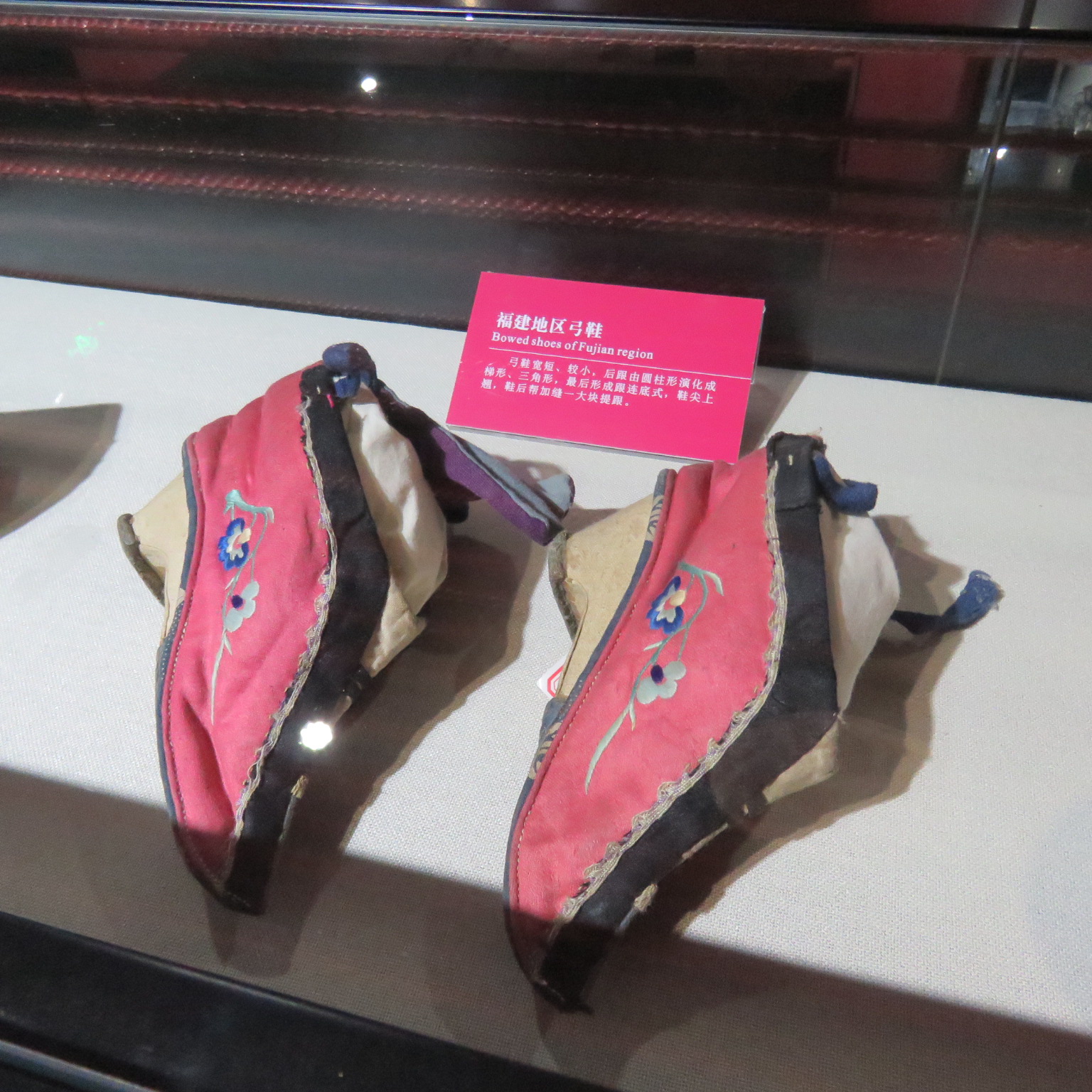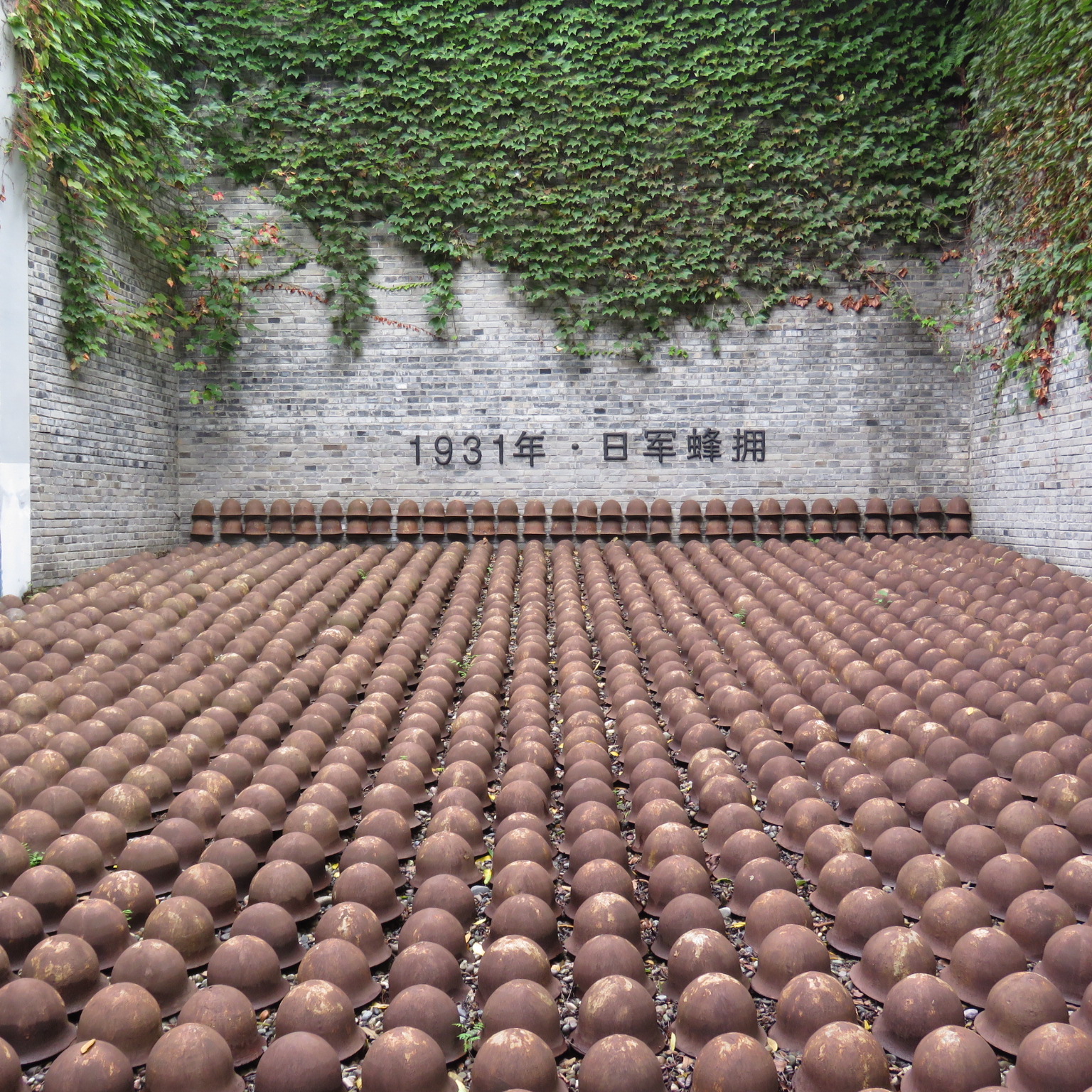We’ve been seeing a lot of rain on our trip, so on our second day of holidays, we decided to stay indoors and visit some museums.

The Jianchuan museum cluster is where we headed. It’s a unique little area with more than a dozen museums, all put together by one guy.

The museum is divided into 4 themes: WW2, The 2008 Sichuan Earthquake, Cultural History and the Great Revolution. There are 15 museums within these huge grounds, and it’s a very affordable way to spend the day. It only cost about $12 Canadian for each of us, and was well worth the price.

We started with the WW2 era exhibits, because it’s something we both always wanted to learn more about. Everyone in Canada learns about the Holocaust, Pearl Harbour and D Day, but we don’t really learn about what happened in the far East.

China’s part in WW2 actually started earlier than the rest of the war, and in fact, they don’t even call it WW2. Here, it’s called The Second Sino-Japanese War. Japan brutalized China from 1937-1945, killing millions, raping women and using biological warfare that caused disfigurement and death.

The museum put a lot of emphasis on the heroes that helped China in this time, including Americans, Russians and even Japanese people who fought for China’s freedom. The many sculptures in this area of the museum were impressive.



We also learned about the heroic efforts of the Sichuan Earthquake cleanup crew. There were hundreds of photos showing the aftermath of the earthquake that killed nearly 90,000 people and injured many more.

The museum even has displays of cars that were wrecked by the earthquake and some of the debris left behind. One survivor is also present at the museum, and he in fact, calls the museum home. Meet Strong Pig….an earthquake survivor!!
Strong Pig survived under the rubble for 36 days, and as a result, became China famous! He is spending his golden years being guided around the park and even has his own little barn to live in.



We didn’t give ourselves enough time at the museum, sadly, so near the end, Dave went to see some war exhibits (the space and airplane technology exhibit was closed, sadly), and I headed for what I thought was going to be a museum about Lotus inspired art. It was actually a museum all about Lotus (bound) feet.

Foot binding was practiced in China for many years. From a very young age, girls’ feet were tightly bound in bands that slowly reshaped and broke the feet. The result was extremely painful and debilitating. The ‘upside’ was that women had ‘beautiful’ tiny feet. It was very fashionable.


The museum does a good job of showing the history of this Cultural practice in a fairly balanced way. The practice was banned in China more than 100 years ago because it disfigured women, was excruciatingly painful and often caused death (by infection). They also explained why it was done in the first place.

Mostly, foot binding was about status. If you could afford to have your feet bound, it meant you were wealthy enough to not have to work (these women couldn’t walk very well, after all …). There was also a sexual element to Lotus Feet (I fail to see how they look like lotuses…). Men apparently found the tiny feet beautiful. I’m just glad that the practice was outlawed.

I really liked the mural near the end showing women throughout the ages that impacted China and made it better. One of the reasons why foot binding was outlawed (aside from it being incredibly painful), was because as long as women were being disfigured in the name of fashion, they could never be an equal (or contributing) part of society. Banning the practice was good for women… And good for China.

If you’re thinking of visiting this museum, I strongly encourage you to do so. It’s very well maintained and has plenty for you to see. The variety of exhibits is very impressive and the number of artifacts is honestly too much to take in in just 1 trip.

I have so much more to write about!! Check back soon!
